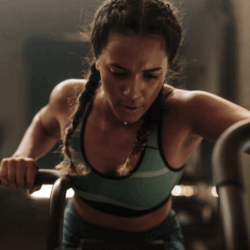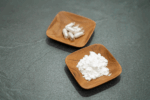What foods have postbiotics?

Vegetables and fermented foods high in probiotics should be the goal when seeking to increase postbiotics for optimal gut health. The foods highest in probiotics are like signposts telling us which foods have the most postbiotic potential. They include fermented foods like pickles, buttermilk, kefir, miso soup, sauerkraut, sourdough bread, tempeh — and did we mention pickles?
If you’re noticing a fermentation theme with these foods, you’re correct. These are direct sources of probiotics in food, and these can help to produce more postbiotics in the gut. Postbiotics can also be made in labs and taken as a supplement if you do not eat enough fiber. This is why we hope you check out our favorite postbiotic ingredient CoreBiome® found in brands like Dr. Gundry, Primal Harvest, Mary Ruth, and more.
If you’re up for getting more of that probiotic fermentation action in your diet, read on. We’re going to break down the top foods to increase the postbiotic concentration in your gut.
Foods That Have Postbiotics
Our story begins with pickles.

Pickles
Soaking in their own fermentation bath for a long time, these little guys naturally create lactic acid bacteria which makes them sour. But that sour is worth it when you consider the probiotic bacteria is a sure bet in getting the right kind of probiotic activation in your gut to produce postbiotics. Hint: salty water is what makes the probiotic happen here. If your pickle has been pickled in vinegar, it is a probiotic pickle no more!
Miso
Forget about a big fancy sushi night with friends. All you need are soybeans, salt and fungus called koji. This is what makes your gut happy. The fermented soybeans and other elements here create the Japanese seasoning that we all know and love. High in fiber and vitamin K, this is a food that will quickly become the probiotic BFF to your gut microbiome, producing the postbiotic balance your body needs to boost immunity and more.
Kombucha
This is a fermented tea and you can walk into any health foods store and find a bottle of it.
Yogurt
Yogurt is fermented milk. That fermentation process produces lactic acid bacteria which are great for your gut. Probiotic yogurt is on the list of where to find postbiotic foods; just make sure it’s the yogurt without added sugar!
Sauerkraut
Shredded cabbage fermented by lactic acid bacteria is how sauerkraut comes to be. Using this as a popular condiment to throw into soups, sandwiches, side dishes or anything else is how this comes to be on your plate. Eating it is how it comes to be in your gut. And this, friends, is how you can begin the process of digesting the probiotics that can feed the postbiotics your body needs to maintain gut health.
Summary
We’ve talked a lot about foods with postbiotic benefits and the fermented foods listed here. That’s because of the probiotics that can be found in them. The technique of preserving food allows microorganisms to convert carbs into alcohol or acids that give the foods a tartness or zesty flavor. This fermentation process promotes the growth of good bacteria or probiotics. By the time we eat these probiotic rich foods like the ones listed above, our bodies are happy to make use of these foods and fuel the process of postbiotic production. Your gut health wins, your general health wins, and the pickles win.
Want to know more about the postbiotic revolution? Read these now:
What is postbiotic butyrate and how can I find it?
What you need to know about tributyrin and gut health
Contact us if you’re ready to formulate for gut health and have questions.





